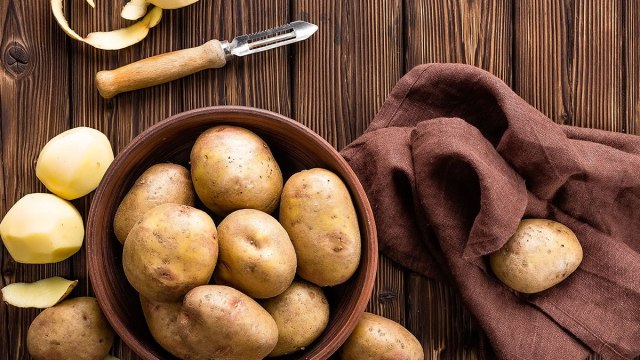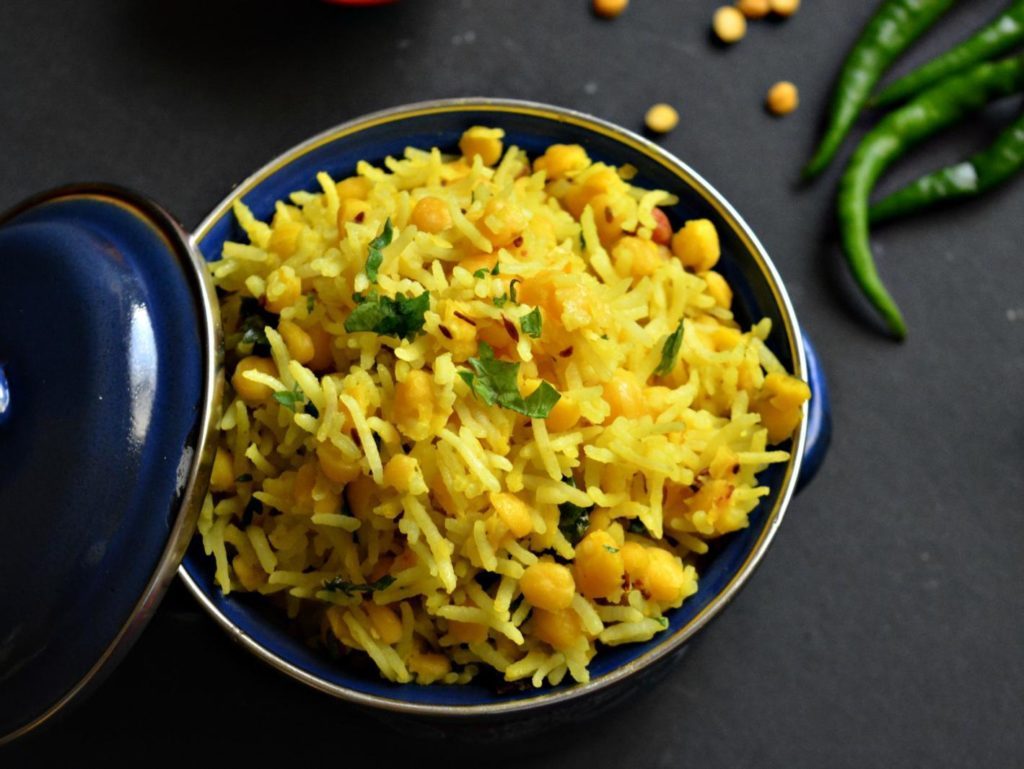Among foods that have survived and thrived through eons, potatoes are one of the top contenders. They are stem tubers of the plant Solanum tuberosum, which is a perennial plant in the Solanaceae family. They appear in various different shapes, colours and sizes. Boil them, mash them, roast them, cut them up and fry them, there are endless ways to consume this starchy vegetable.
Potatoes were first cultivated around 8000 B.C. to 5000 B.C. in Peru by the Inca population in Pre-Columbian America. After the Spanish took over Peru in 1536, they took a liking to the versatility of the vegetable and brought them back to Europe. Although after its arrival, potatoes were thought to have caused leprosy in France and were not consumed by humans but rather used as animal feed. Still, nearly four decades later, potatoes were being consumed by people all throughout the continent.
The global affinity towards potatoes still carries on to this day because of the conveniences they hold. They are very uncomplicated to harvest, without the need of processing or even a large space of land. They are so favourable that potatoes were actually the first vegetable to ever be cultivated in space. Being a solid source of nutrition, they contain ample amounts of vitamin C, protein, thiamin, etc. They are also an excellent substitute for grains and beans as they are highly digestible.
With all these positives, it is no surprise that potatoes are the fourth most cultivated crop in the world and a loved staple food among so many cultures across the globe.





